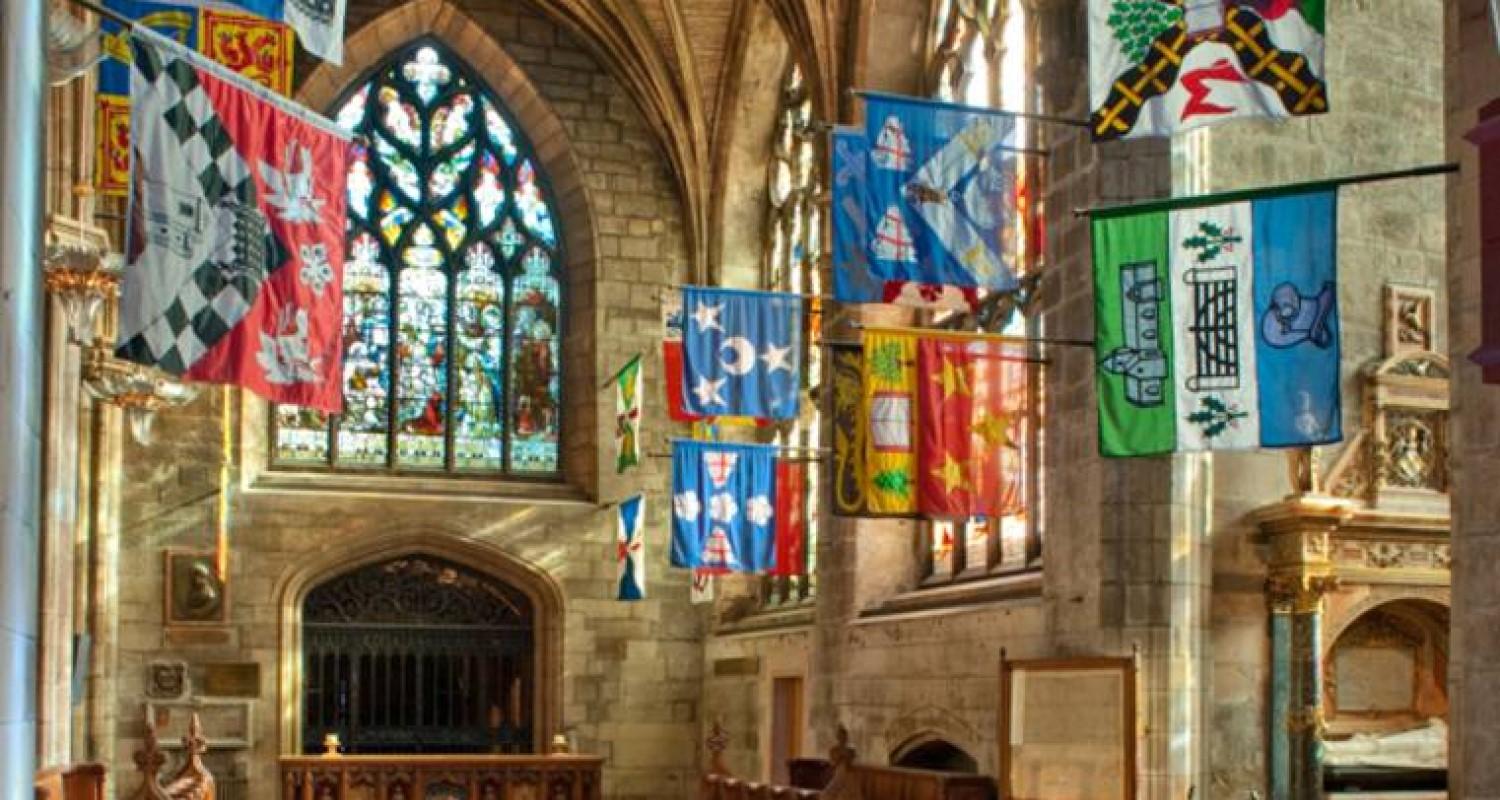St Giles is well known and also celebrates 900 years of existence. It is one of several large churches that developed in, or close to, the centres of Royal Burghs, and this talk describes their development as an illustration of the development of royal burghs. It will focus primarily on St Giles which has a few unique characteristics.
Professor Cumming has worked as a research scientist for over 40 years in the defence field. He was made an Honorary Professor in the University of Edinburgh School of Chemistry.
He is an Associate Editor of two academic journals and is the editor of several books in his field. He is very active in supporting networking and collaboration both nationally and internationally and takes part in or chairs several scientific committees for conferences.
He has a life-long interest in church architecture and history, particularly Scottish, and this led him to become a Fellow of the Society of Antiquaries of Scotland as well as a member of other related organisations. He has been involved with EWHT since returning to Edinburgh in 2014 and acted as a guide in the Tron Kirk. He became firstly a supporter and then a Trustee of Scotland’s Churches’ Trust before becoming its Chair in October 2022. He has lectured on Scottish church architecture to the National Trust for Scotland amongst others. His work involvements have allowed him to visit many churches across Europe and he has observed similarities in approach and architecture.
Interest in music is reflected in his support for both the Scottish Chamber Orchestra and the Royal Scottish National Orchestra. He and his wife Lesley live in Cramond where he is a member of Cramond Kirk Session.
Edinburgh is 900 Years Old!
In 1124 King David I introduced a new system of local government into Scotland by creating royal burghs as part of his efforts to reform the nation’s economic and political structures.
Edinburgh was one of his first royal burghs, along with Berwick, Dunfermline, Roxburgh and Stirling.
While there is no surviving founding Edinburgh charter, an 1127 Dunfermline Abbey royal charter refers to ‘my burgh of Edinburgh’. In 1128, Canongate Burgh was created for Holyrood Abbey.
After the Reformation, Edinburgh spent considerable effort acquiring the former abbey’s lands over the following 200 years. It acquired Canongate then created a new burgh for South Leith in 1636. The burghs of Broughton, Calton and Portsburgh were also acquired and run by Edinburgh. This complex system of governance was abolished in 1856 when all burghs under the management of Edinburgh were merged into a single burgh.
In 1833, Portobello and Leith were made independent parliamentary burghs under the Burgh Reform Act. They ran their own affairs until amalgamated into an expanded Edinburgh in 1896 and 1920, respectively. 1975 saw the last expansion of the city’s boundaries, including Queensferry, which had been made a royal burgh in 1636.
Edinburgh has selected 2024 to mark the start of the 900th anniversary of our city, and to tell the story of Edinburgh’s journey through the centuries from the 12th century City of David right up to the 21st century, the City of Diversity. Our talks at the City Art Centre will celebrate the 10 themes and will span a period of summer 2024 until August 2025.
St Giles and the Larger Burgh Churches in Scotland: 900 Years of Development
